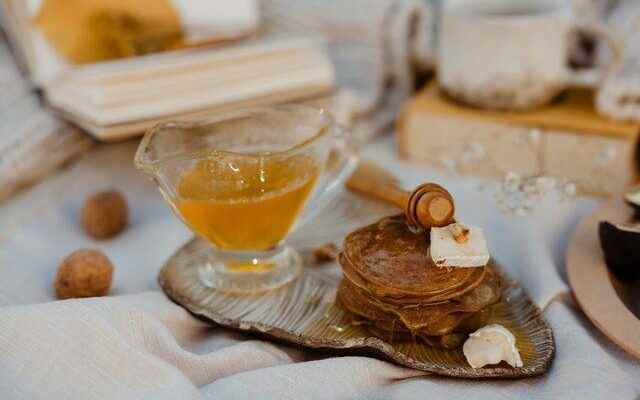There are more than one right-known misconception among the public about honey, which is used more in winter. For years, many false information has been believed about honey, which is known to be beneficial but consumed incorrectly.
Due to the emergence of fake honey in the market, many people are looking for how to distinguish real honey from fake. The truth is, it’s not simple.
Honey has long been used both as a food and as a natural remedy. This is because it is rich in nutrients and has many health benefits. It’s especially healthy when used in place of refined sugar.
NUTRITIONAL VALUE OF HONEY
Honey is a sweet, dense liquid made by bees. Bees collect sugar from their environment, mostly sugar-rich flower nectar, and then produce honey.
Nutritionally, one tablespoon of honey contains 68 calories and 17 grams of sugar, including fructose, glucose, maltose and sucrose. It also contains small amounts of vitamins and minerals.
The most valuable ingredients in honey are bioactive plant compounds and antioxidants. Denser and darker honeys contain more of these substances than lighter ones. The color, smell and taste of honey depend on the type of flowers the bees visit.
10 TRUE FACTS ABOUT HONEY
Honey is a delicious and healthy alternative to refined sugar. However, it should be noted that although it is tasty and healthy, it is rich in calories and sugar. Therefore, when buying honey, a quality product should be preferred. At this point, misconceptions about honey may prevent you from choosing the right product.
Here are 10 misconceptions about honey that have been believed for years:
1. Myth: Honey should be taken with a wooden spoon.
Fact: Honey can also be taken and eaten with an ordinary metal spoon.
This misconception goes back to when there were no stainless spoons, that is, spoons were made of aluminum. Given the acidity of honey (pH 3.5 to 5.5), organic acids can dissolve some of the metal in aluminum spoons and aluminum containers in general. For this reason, it is recommended to take honey with a wooden spoon so that the metal does not change its composition.
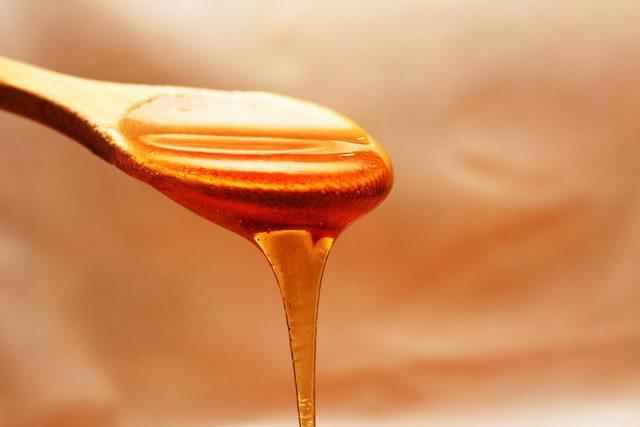
Today, honey is stored in stainless steel containers. Stainless steel is generally the recommended metal in beekeeping, and honey can be eaten with metal spoons, which are considered standard today.
Wooden spoons do not meet hygiene standards in the dishwasher or washing with detergent. Wood always absorbs some detergent and we are afraid that it will not be washed well if washed without detergent. In addition, wood is an excellent medium for the growth of microorganisms, especially if it is used to take honey for sore throats.
Myth #2: Real honey is just unsweetened.
Fact: Real honey can be in liquid form or in crystalline form.
Crystallization is a natural property of honey, and every honey crystallizes over time, or better known as sugar. The rate of crystallization of honey depends on the type of honey, sugar content, pollen grains, storage temperature and stress factors experienced by the bee during vomiting. Crystallization of honey cannot be an indication of anything.
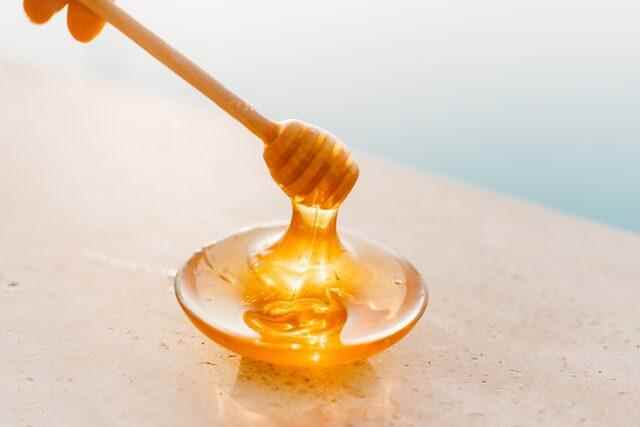
Some types of honey or some natural honeys, such as rapeseed honey, crystallize in the comb, and some, such as acacia honey, do not crystallize for years.
Myth 3: Real honey is recognized by a burning sensation in the throat.
Fact: Real honey has different sweet, sour, bitter tastes and different intensities and harmonies.
A burning sensation in the mouth is a subjective feeling, depending on how well a person’s sense of taste is developed and what he ate before honey. If you have hot pepper or light herbal tea in your mouth before honey, the honey taste experience will be completely different.
The perception of the taste of honey or how incompatible this taste will be depends on the nature of the sugar in the honey. Depending on the plant type, any honey may be less sweet and will not cause a burning or stinging sensation, but they are excellent honeys.
Myth 4: Honey should be sweet.
Fact: Some honeys are not sweet.
Some honeys are not sweet, for example, chestnut honey is bitter. In addition, this honey is very valuable and expensive compared to others. The more variety in this honey, the higher the percentage of chestnut pollen grains, the more intense or bitter the taste. In addition, mint honey has a sour taste compared to other honeys.
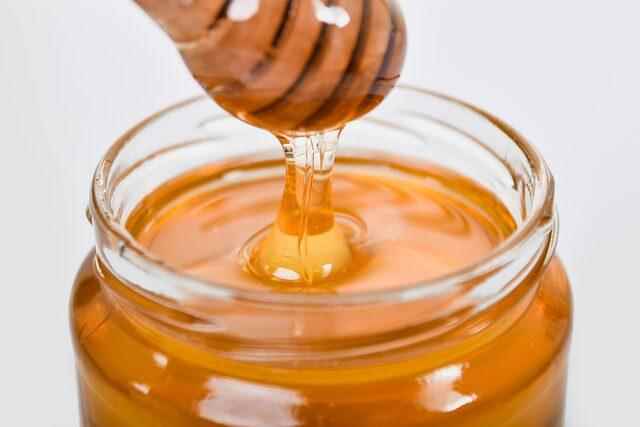
Good weather conditions, good plant environments and strong bee communities must match for quality honey.
Myth 5: Natural honey does not attract ants.
Fact: Natural honey contains sugar and attracts ants.
In recent years, you have read a text in many places that says that if you put a spoonful of honey in front of them, ants will escape. Honey contains sugar and therefore attracts ants. If ants or any other animal escapes the honey, you too! This type of honey is not suitable for humans or animals and it is advisable to question whether it is honey and contains certain chemicals that repel animals.
6. Myth: When the honey jar rotates, an air bubble that moves upwards at its own speed indicates that there is honey because this bubble moves more slowly in natural honey, if it goes fast, it is not honey.
Fact: The velocity of the air sac is dependent on the amount of moisture in the honey, that is, it tells the viscosity/density of the material through which the air sac passes, not what kind of honey it is. Each honey may have different moisture, so its speed will be different.
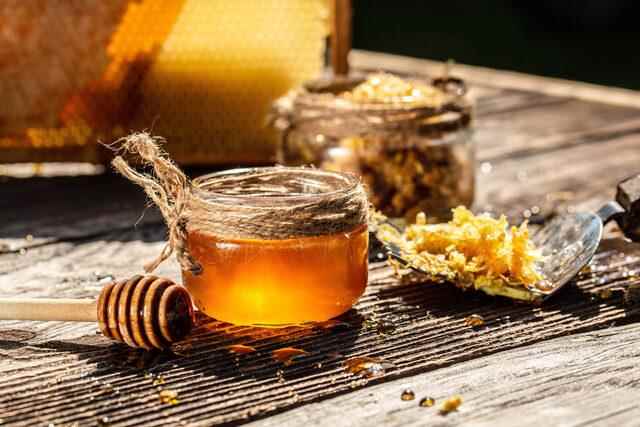
Air bubbles move more slowly in honey containing 19% water compared to honey containing 15% water. The moisture of each honey may be different. Most honey contains no more than 20 percent water. The higher the water content, the faster the air bubble will move, but the honey is still of good quality.
The density of honey is also affected by air temperature. The air bubble moves slower in winter and faster in summer.
Myth 7. Honey does not contain water. If it drips onto the paper towel, it won’t get to the other side.
Fact: Honey contains water.
Honey contains an average of 15 to 29 percent moisture. For this reason, if it drips on the paper towel, it moves to the other side and its speed depends on the amount of water in each honey.
Myth 8: If we put a spoonful of honey in the water, the real honey falls to the bottom of the glass and the fake honey starts to melt.
Fact: Depending on the amount of moisture in the honey, some of the honey melts and some does not.
The dissolution rate of honey depends on the moisture content in the honey and the water temperature. Honey containing 19 or 20 percent water dissolves faster than honey containing 15 percent water. The warmer the water, the faster the honey dissolves.
Myth #9: Real honey isn’t sticky when rubbed between your fingers. If it sticks, it indicates that it contains sugar or artificial sweetener.
Fact: Honey is a supersaturated solution of sugar, so any honey is sticky.
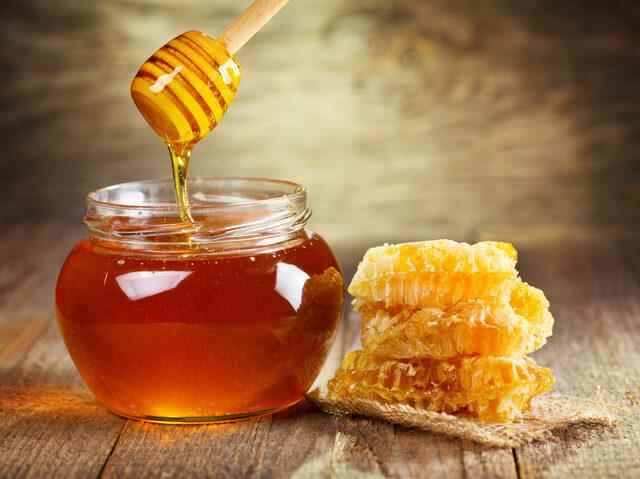
There is no sugar-free honey or non-sticky type of honey. The average sugar content in honey is 80 grams per 100 grams of total honey weight.
Myth 10: If we put honey under the tongue, it feels like real honey.
Fact: Honey under the tongue can feel both hard and soft, depending on the amount of water in it.
The hardness experience of honey under the tongue depends on how much water the honey contains. The less water, the denser the honey, so you may feel some honeys softer and some harder.
